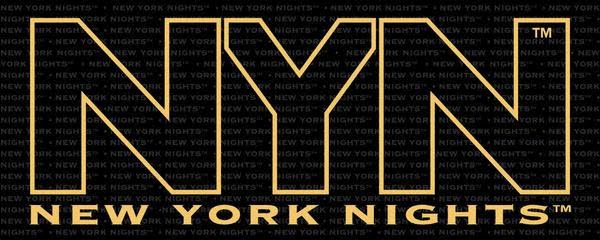
If you own a venue, or work in one or enjoy going out in New York City, you have a reason to attend next week’s Nightlife Town Meeting. New York Nights will be at the event to support the industry and report back on what comes out of the meeting.
When: Thursday, February 4th 2010 @ 6:30 pm
Where: PS 20 166 Essex Street (between Stanton and East Houston)
Have fun
Gamal
When: Thursday, February 4th 2010 @ 6:30 pm
Where: PS 20 166 Essex Street (between Stanton and East Houston)
Have fun
Gamal









